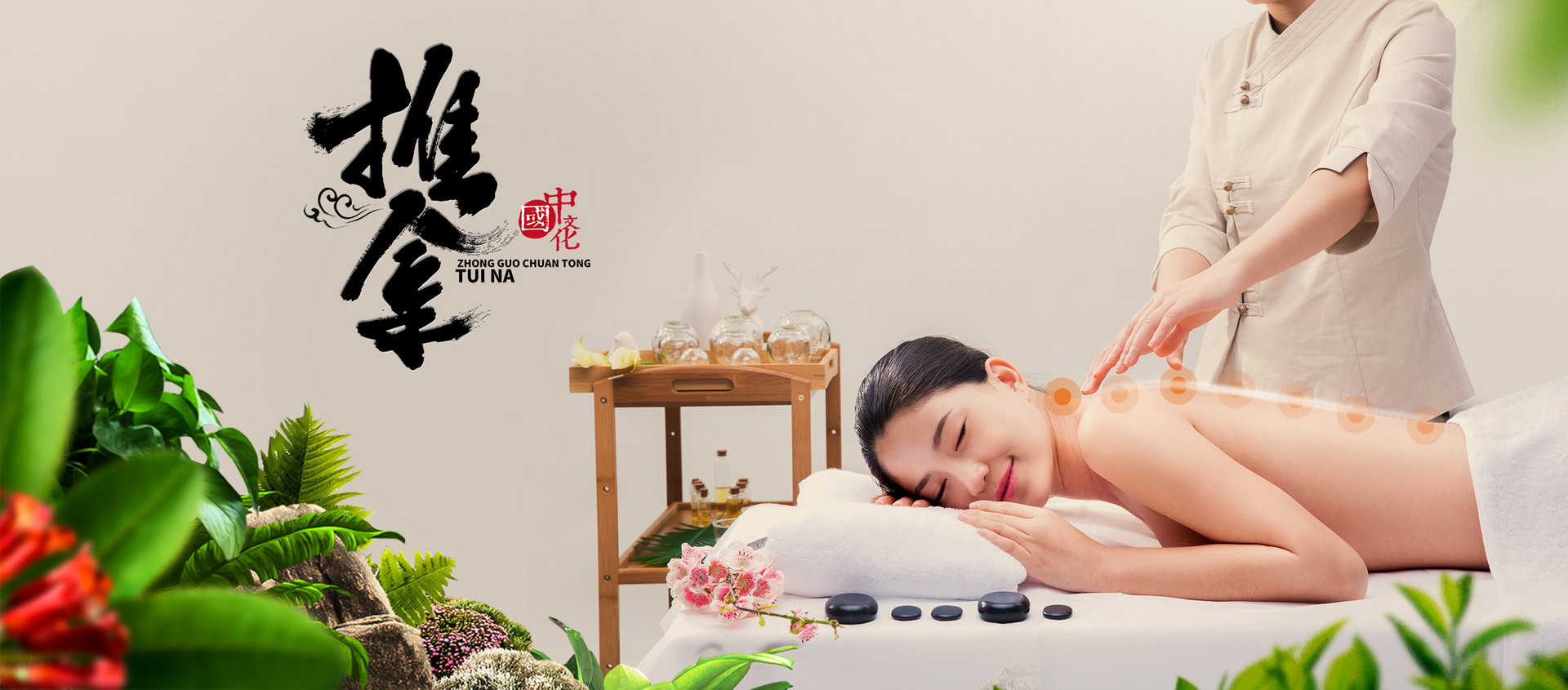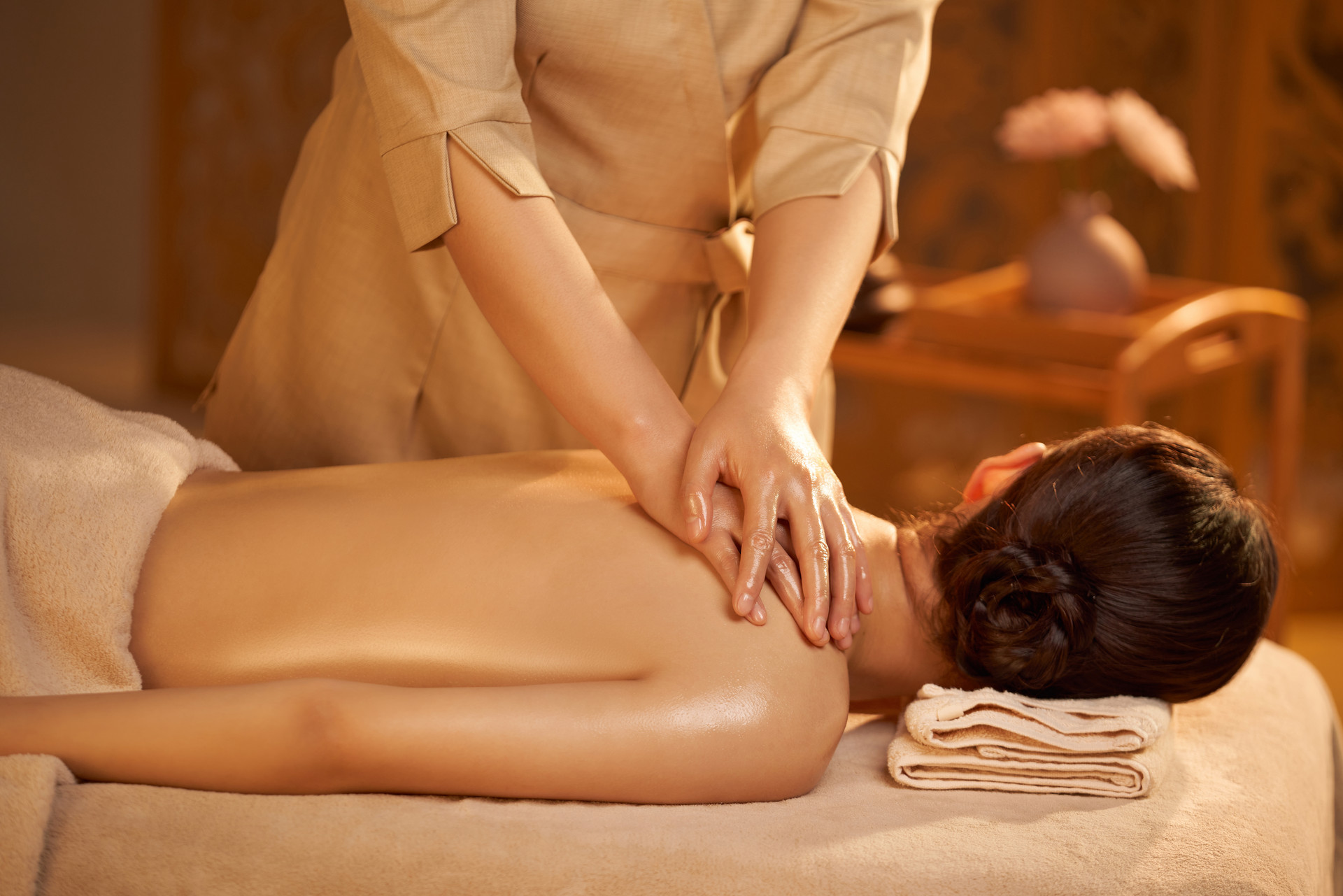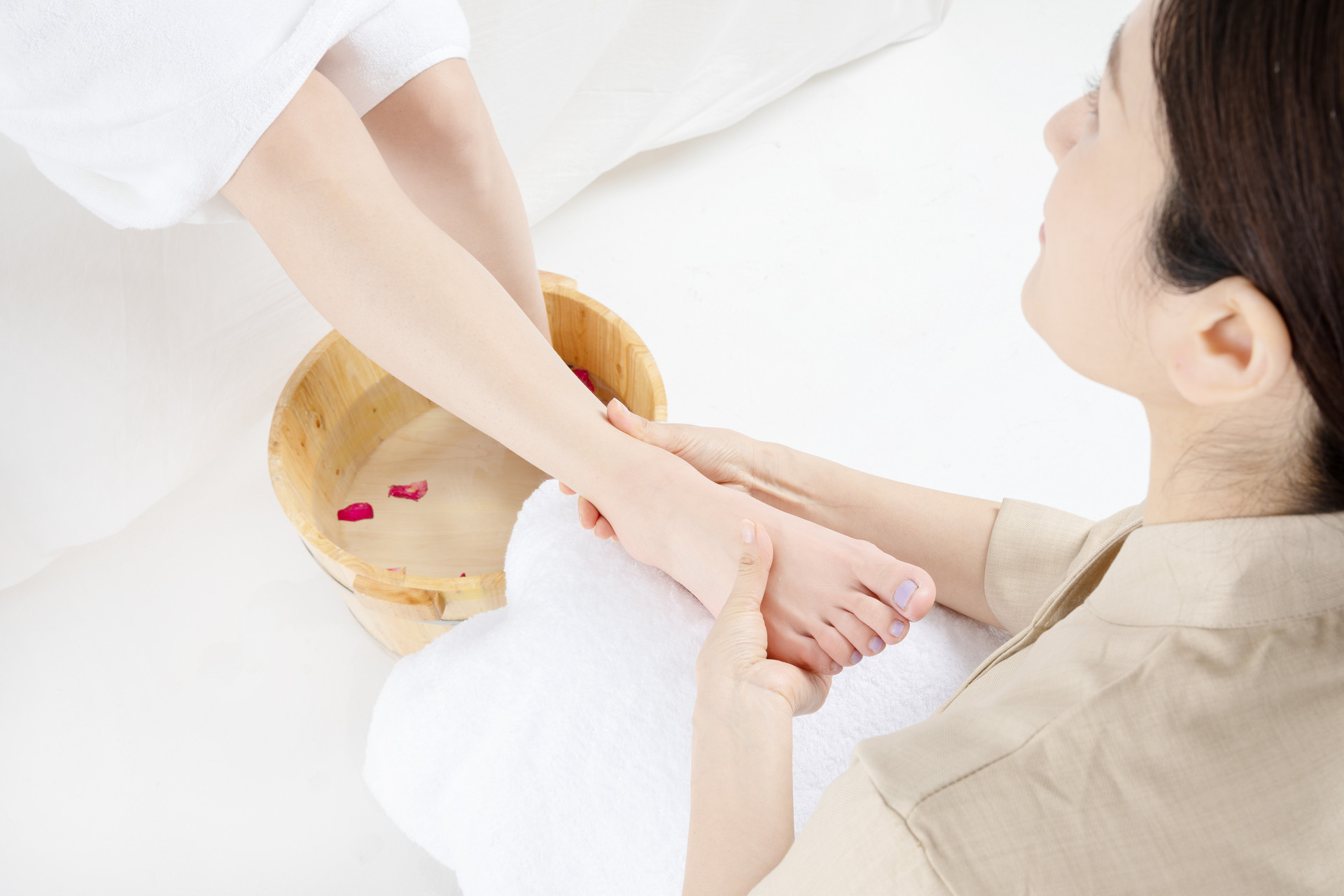Tui Na is a term that has evolved from rubbing, correcting, and massaging. It is not only a change in noun, but also the result of continuous summarization, innovation, and development by physicians engaged in Tui Na medicine for thousands of years.
Tui Na is an ancient Chinese method of treating injuries and illnesses, and it is currently a part of traditional Chinese medicine.
Tui Na is a method in which doctors use different forces, techniques, and skills to stimulate specific areas of the patient's body to restore or improve the body's vitality and promote recovery. It is a method of "treating people with people" and belongs to the natural therapy that is now advocated. Due to its simple and non-toxic nature and good therapeutic effects, it has continued to develop and improve in China for thousands of years. Especially in the past forty years, the study of traditional Chinese medicine by Western medicine, the establishment of Chinese medicine colleges, has played a huge role in the development and improvement of traditional Chinese medicine. In recent years, some research institutions have started to study the mechanism of Tui Na and have made preliminary achievements, which is a great promotion for Tui Na.
Nowadays, many countries in the world attach importance to this traditional therapy in China. It is understood that countries such as the United States, the United Kingdom, Italy, France, Germany, North Korea, Japan, the Philippines, Singapore, Thailand, Malaysia, India, Sweden, Spain, Vietnam, Argentina, and other countries come to China to learn. Some countries also invite Chinese experts to go abroad to conduct training courses. This shows that China's Tui Na technique for treating diseases has been valued by the world. Adjusting Qi and Blood: Tui Na can improve the circulation of Qi and Blood. Animal experiments have shown that Tui Na significantly increases blood flow.
Regulating visceral function: It acts through meridians, Qi and Blood or directly affects visceral function. For example, abdominal massage can inhibit excessive intestinal peristalsis and restore normal function; for those with reduced function, it can promote peristalsis and restore normal function. Massaging the acupoints of the liver, heart, CV17, and PC6 can improve heart function. Tui Na can also enhance kidney function and promote smooth urination.
1. Improve blood and lymphatic circulation
Pushing the back of 20 patients for 10 minutes can increase the skin temperature after Tui Na, proving that Tui Na can promote blood circulation.
2. Tonify and purge
Massage on the face and neck can prevent colds. Massage on the back and chest can prevent and treat cough and asthma, which reflects the function of "tonify". Massaging the neck has the function of calming the liver and suppressing yang, and it can treat dizziness caused by excessive liver yang. Point pressing on the spleen and stomach can relieve gastrointestinal spasms, indicating its inhibitory effect on excessive body function and the function of "purge". For those with weak constitution, it can relieve intestinal spasms, and for those with excessive constitution, it can purge the excess, adjusting the body's functions. Generally, pushing in a clockwise direction with a slow frequency is tonifying, while pushing in a counterclockwise direction with a fast frequency is purging.
3. Enhance the body's immune system
After pushing the back with strong force from top to bottom with the thumb, laboratory tests have shown an increase in total white blood cell count and white blood cell phagocytic ability, confirming that Tui Na can enhance the body's immune system. Clinically, pushing the back can reduce the incidence of chronic bronchitis.
In addition, Tui Na also has certain therapeutic effects on musculoskeletal, skin, and surgical diseases.











